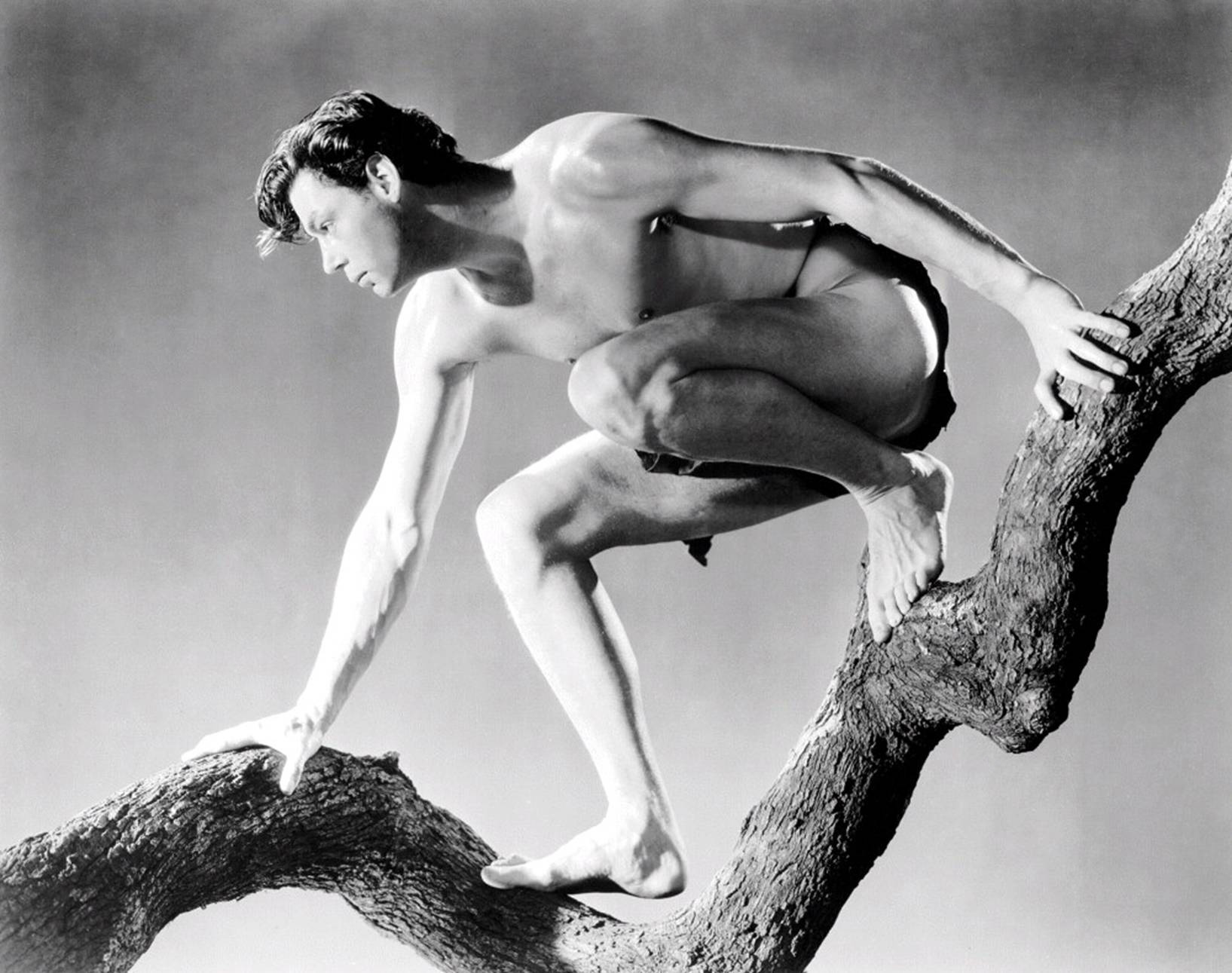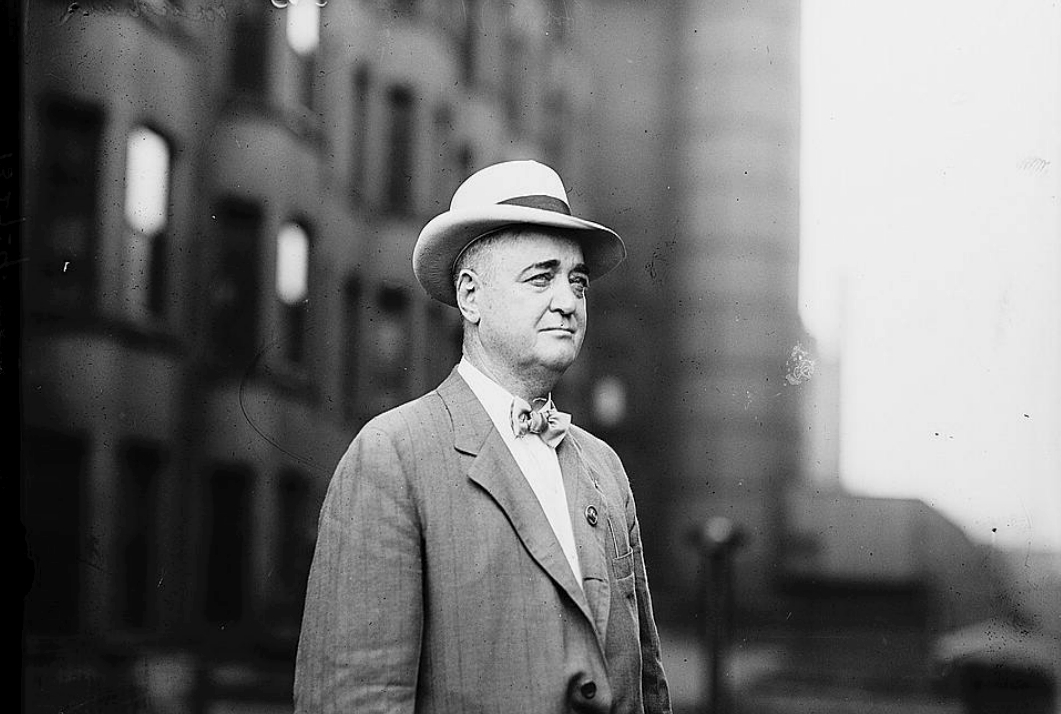Mike Leach wasn’t only a radically innovative offensive mind while coach at Texas Tech but also an eccentric who made for great copy. Unfortunately, his obsessions with history and his myriad oddities were so alluring to journalists (Michael Lewis among them) in search of a salable narrative that most of them never dug deep enough. Leach was ultimately fired from his post for serious misconduct in his treatment of his players. He’s now the head coach for Washington State University. His fixation on certain historical periods and his new book about Geronimo and leadership, which seems ready-made for the corporate-lecture circuit, were central to an Ask Me Anything he just did at Reddit. A few exchanges follow.
_______________________________
Question:
I know you are big history buff, if you had to fill your coaching staff with historical figures who would you choose? For the sake of discussion you can’t pick a sports figure.
Mike Leach:
Head Coach: George Washington. Offensive Coordinator: Geronimo. Offensive Assistant: Tarzan. Defensive Coordinator: Winston Churchill. Defensive Assistant: Daniel Boone.
_______________________________
Question:
The team is down by 15 with four minutes left when it punches in the ball on the outside zone read that hasn’t worked all day but finally beats the WILL who’s starting to dog it late in the game. Geronimo is the head coach. Does he go for 2 now, or kick the PAT and wait for the second opportunity?
Mike Leach:
Geronimo’s speed and tenacity in adverse conditions is going to allow him and his band of Chiricahua Apaches to score swiftly with that much time left. Illustrated in my book, “Geronimo: Leadership Strategies of an American Warrior,” they prepared for situations like this and were raised to respond to them starting as children. They would never flinch in a situation like this. Going for 1 or 2 would be based on their evaluation of the opponent, the terrain, and the resources they had to work with.
_______________________________
Question:
What characteristic of Geronimo’s do you most look up to and how has he influenced your coaching?
Mike Leach:
I have read about and studied Geronimo for a long time since I was a child. In writing the book with Buddy Levy, and articulating a lot of these things, I discovered that I have been sharing a lot of these philosophies and stories with my teams for years. Among many others, Geronimo’s life story illustrates that a lot of impossible things are possible, everybody can work harder than they think they can, everybody is tougher than they think they are, but it is starts with the proper preparation, attitude, and philosophy. One of the most exciting parts of writing the book was the opportunity to discover a lot of interesting specifics on what made the Apaches what they were.
_______________________________
Question:
Who is your favorite pirate?
Mike Leach:
The most exciting pirate is Edward Teach (Blackbeard). Probably the most productive one, and someone I would be fascinated to study more closely, would be Bartholomew Roberts.•


